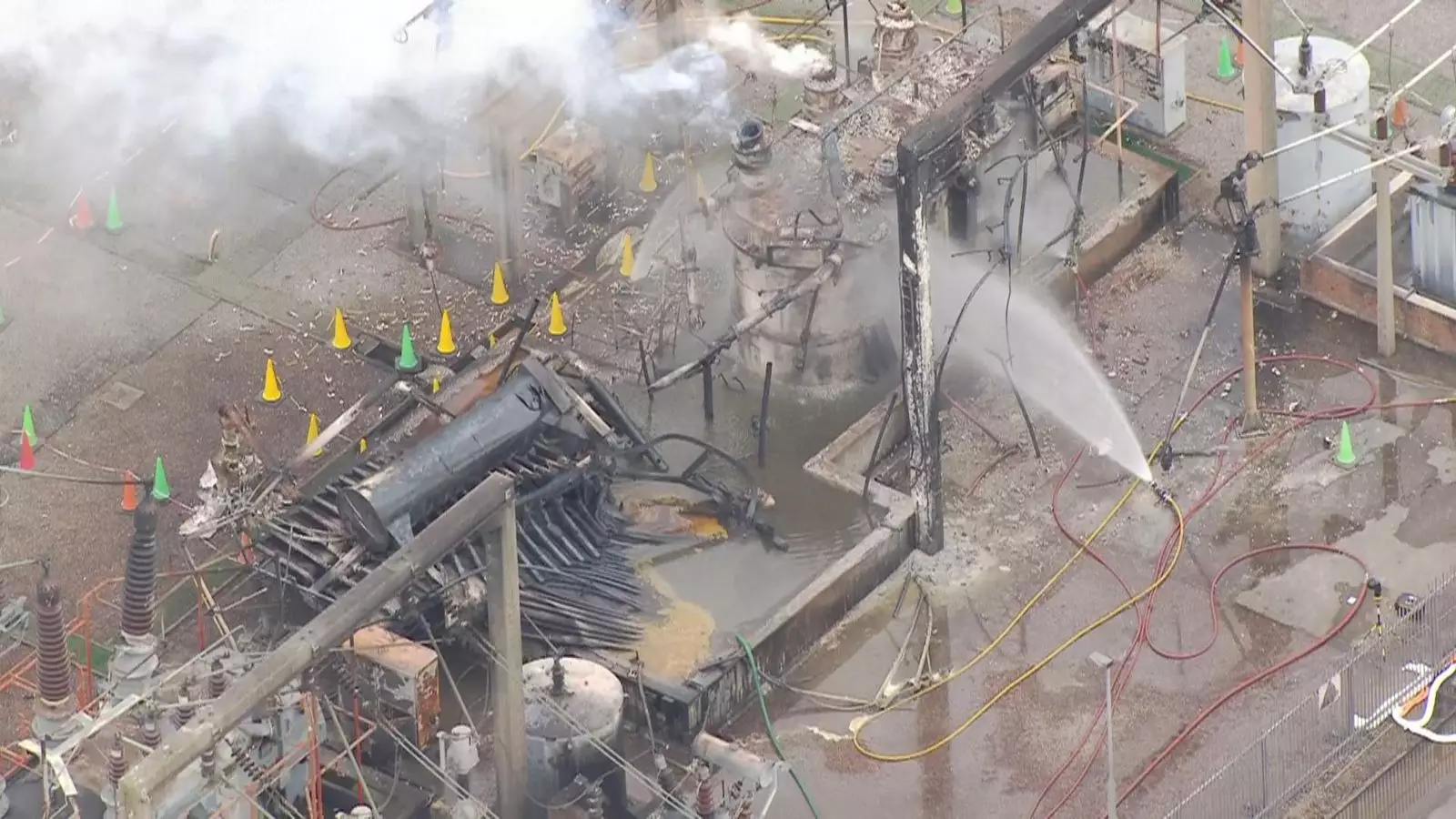Heathrow Airport, a vital artery in the global travel network, was brought to its knees last Friday due to a devastating power outage. This incident serves as a glaring reminder of the fragility of our infrastructure. A fire at an electricity substation in Hayes not only disrupted approximately 1,300 flights but also left 200,000 passengers stranded, showing just how interconnected our systems are and how one flaw can lead to chaos. What should be a seamless experience quickly devolved into chaos, questioning the resilience of a facility that handles millions of passengers annually.
The chief executive of National Grid, John Pettigrew, sought to downplay the seriousness of the situation by insinuating that other substations were readily available to manage power needs, thus painting a picture of redundancy. But this response feels inadequate when one considers the impact of losing a critical infrastructure component. Pettigrew’s perspective suggests an immense confidence in the system; however, it’s hard to ignore the fact that this is not just about having alternatives—it’s about a systemic vulnerability that a single failure can expose.
Unprecedented Failures, Unacceptable Risks
Pettigrew’s comments about the unique nature of the failure raise a troubling point—if such a critical component is so vulnerable, how can we have confidence in our infrastructure? According to him, the two remaining substations had enough capacity. But for an airport that operates under immense pressure and complexity, can we really consider this assurance satisfactory? It feels eerily complacent, as if one of the leading authorities in energy distribution is willing to overlook potential risks because operations could eventually resume.
Heathrow’s own executives corroborated the gravity of the situation, expressing that they had to execute safety protocols and inevitably power down critical systems. They stated that “a back-up transformer failed” during the power outage, leading to a systematic shutdown while the remaining systems were stabilized. This reaction exemplifies how crucial redundant infrastructure must be—it’s not merely about having power; it’s about ensuring safety and preventing chaos.
Echoes of Past Warnings
What’s particularly alarming is a report from consultancy firm Jacobs published over a decade ago, which highlighted a “key weakness” in Heathrow’s electricity supply system. At the time, it warned of possible outages that could disrupt passenger services and baggage handling. Fast forward to today, and it seems that these pre-existing concerns were either ignored or inadequately addressed. The principles of risk management demand ongoing assessment and action, yet the findings from more than ten years ago seem hauntingly relevant.
The assertion that Heathrow operated “within risk parameters that are not excessive or unusual” misleads the public into thinking everything is under control. The reality is that the figures flourishing within these ‘risk parameters’ are indicative of a larger systemic issue that requires urgent attention. By normalizing risk, airports like Heathrow may inadvertently lay the groundwork for future disruptions that could be far more catastrophic, both operationally and in terms of public safety.
The Cost of Complacency
The Metropolitan Police’s decision to shift the investigation to the London Fire Brigade indicates a new phase of scrutiny focused on the physical infrastructure. It is vital for the industry to evaluate this incident with the seriousness it deserves. Safety protocols, operational redundancies, and thorough assessments of existing infrastructure must take precedence over operating routines that prioritize profit and efficiency.
The aftermath of such incidents also triggers questions of accountability. Who bears the responsibility when systems fail in the face of inadequate foresight and systematic neglect? Are airports and energy authorities truly prepared for the unexpected, or are we merely one incident away from greater turmoil? The public deserves proactive measures and transparent accountability, rather than assurances that ring hollow in the face of widespread disruption.
This incident at Heathrow is more than just a wake-up call; it’s an unsettling reminder that in a world highly dependent on complex interdependencies, the slightest flicker can send us spiraling into darkness. The reliance on infrastructure that is seemingly unchanged despite historical warnings reveals a dangerous complacency that cannot continue unchecked. It’s time to prioritize improvements and build resilience in our critical systems to mitigate future catastrophes.


Leave a Reply